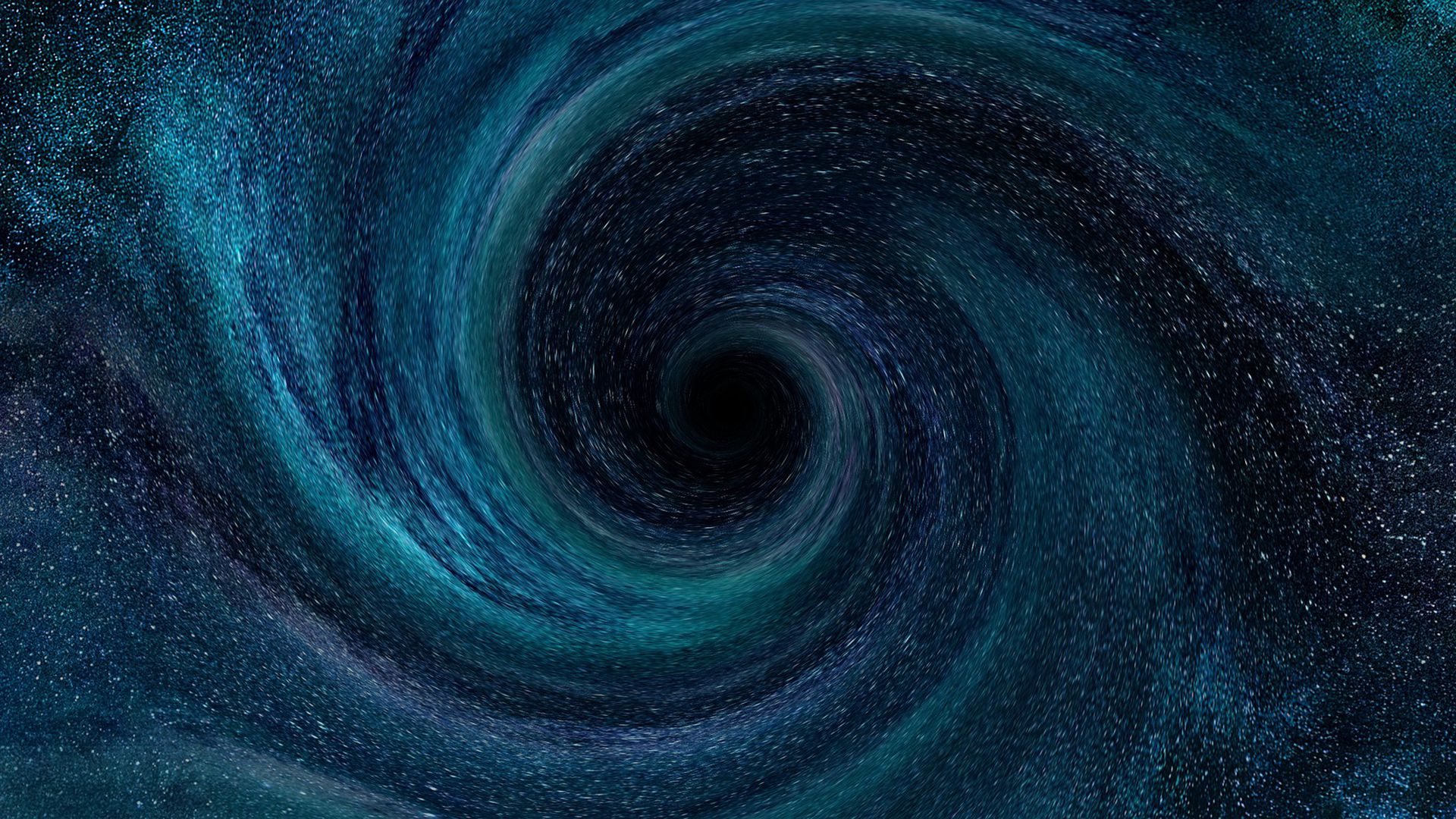It appears that the oldest and most distant black hole has been found. Using the James Webb Telescope, astronomers led by Roberto Maiolino, from the University of Cambridge, found the object in the galaxy GN-z11, 13.4 billion light-years away from us.
The object has about six million solar masses and appears to be feeding on matter from its own galaxy, which is intriguing, because this feeding occurs at least five times faster than current theories suggest.
The team suggests that if the black hole spent 100 million years feeding at full power, it was likely born from a stellar mass (the name given to black holes with a mass of a few tens of solar masses). In this case, it could have appeared up to 370 million years after the Big Bang, and would have grown to the observed mass.
Due to the distance, the black hole was observed only 400 million years after the Big Bang. “It's too early to see such a supermassive black hole in the universe, so we need to think about other ways it could form,” Maiolino suggested.
The size of supermassive primordial black holes, which formed when the universe was less than a billion years old, is a real mystery to astronomers. A large part of this is due to their mass, as it would take a few billion years of continuous feeding for them to reach millions or billions of times the mass of the Sun.
Currently, researchers suspect that black hole meals are responsible for the intense luminosity of its galaxy GN-z11, potentially affecting its growth.
The good news is that the James Webb Telescope can help reveal the properties of this black hole and even older ones. Therefore, Maiolino and his colleagues hope that Webb will reveal smaller “seeds” of black holes, which could reveal more about their formation.
The article was published with the results of the study in the magazine nature.
source: nature; via: Cambridge University

“Hardcore beer fanatic. Falls down a lot. Professional coffee fan. Music ninja.”







More Stories
Students can apply for a FAPDF Science Award
Discovering the deepest sea hole in the world in Mexico | The world and science
The Udesc Postgraduate Course in Human Movement Sciences is accepting applications